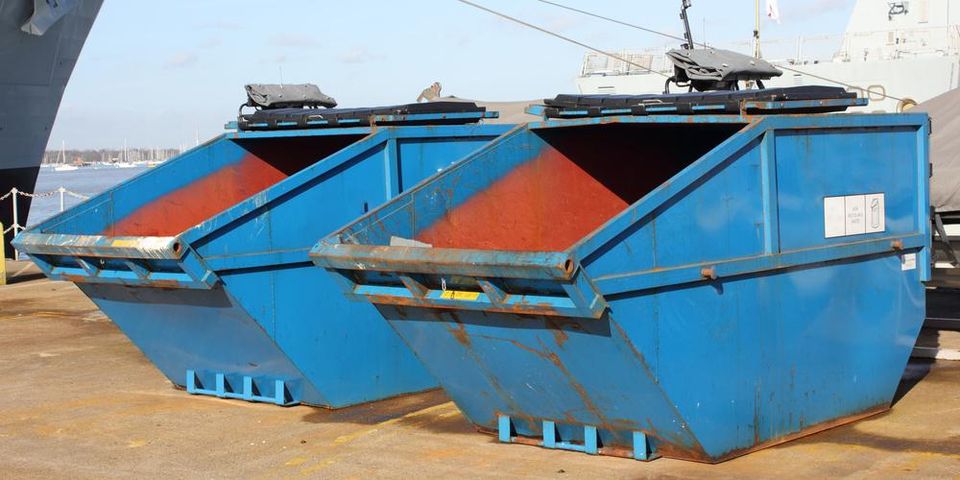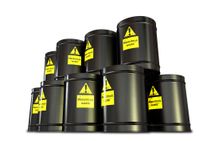GeoTek Explains: Geoscientists & the Triad Approach

When it comes to dealing with hazardous waste on a project site, the EPA provides businesses and geoscientists with a three-pronged strategy to help streamline the process—it’s known as the Triad Approach. The overlying goal of the Triad Approach is to improve the quality of on-site decision making, and to bring the workers involved to the most productive conclusions regarding this sensitive material.
The three sections of the Triad Approach are as follows:
- Planning Process: The Systematic Project Planning aspect of the Triad Approach places emphases on a comprehensive planning process. It identifies the problems and encourages all involved to work together and create a project plan. Ideally, this plan will mitigate the risks of the cleanup process on the environment.
 Project Objectives: Objectives are defined, and clear goals and timelines are made for the project. These may include identifying the site’s main environmental issues, the appropriate cleanup levels, alternative treatment options, and the data needed to evaluate the effectiveness of the cleanup process. It will also define each of the team member roles and responsibilities, including those of geoscientists and associates.
Project Objectives: Objectives are defined, and clear goals and timelines are made for the project. These may include identifying the site’s main environmental issues, the appropriate cleanup levels, alternative treatment options, and the data needed to evaluate the effectiveness of the cleanup process. It will also define each of the team member roles and responsibilities, including those of geoscientists and associates.- Real-Time Analysis: Innovative Random Sampling is the third prong of the Triad Approach, and uses real-time tools to analyze the progress of the project. It’s an important aspect of the approach because it asses the performance metrics and can help team members decide if the goals are being met or if they need to be re-evaluated.
For more information about the importance of using the Triad Approach, call (907) 569-5900 to speak with the geoscientists at GeoTek Alaska in Anchorage. You can also visit their website to learn more about their comprehensive list of services, including ultraviolet optimal screening, well monitoring, and geo-technical drilling.
About the Business
(6 reviews)
Have a question? Ask the experts!
Send your question

